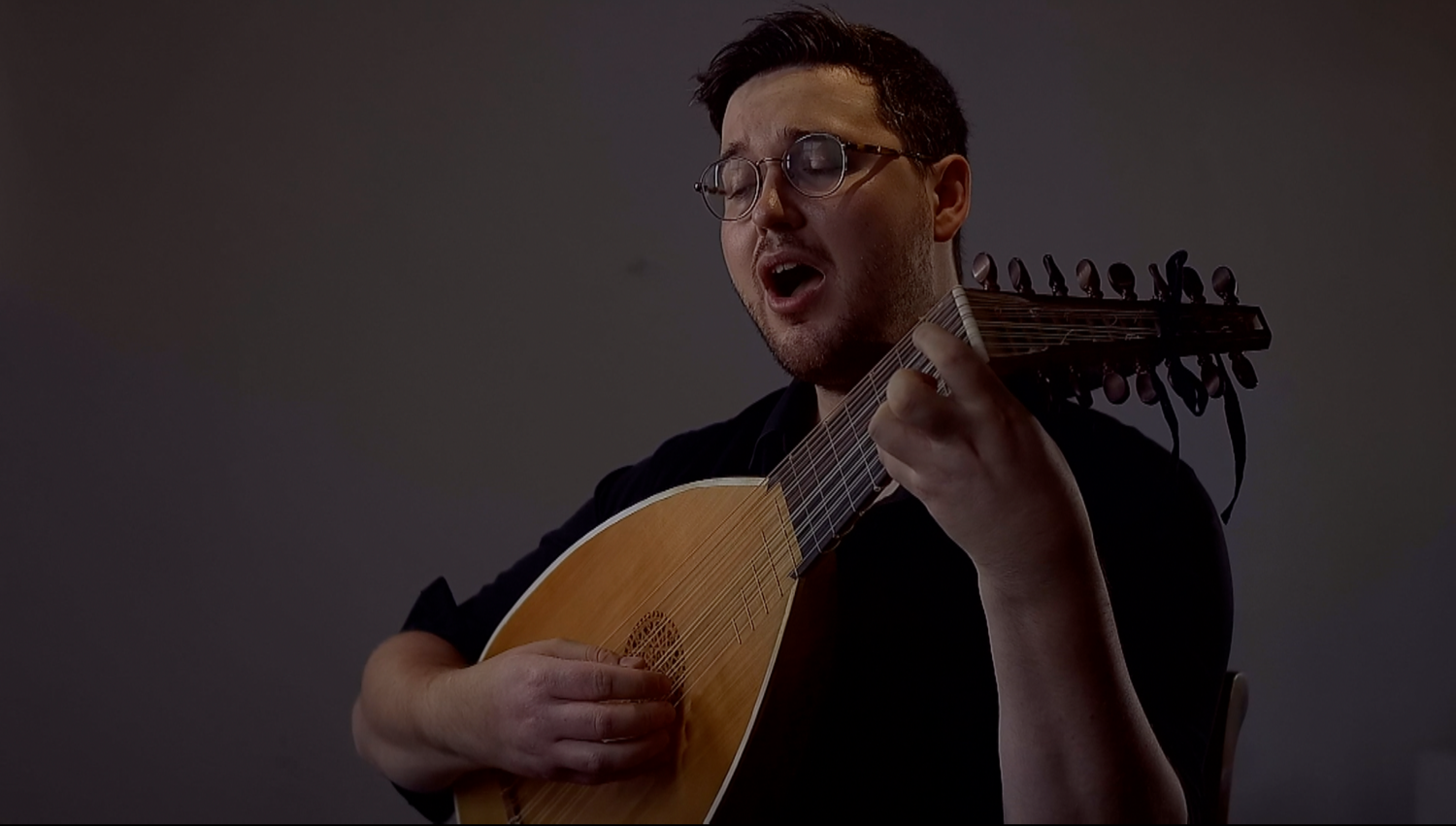The ‘Tedious’ Tempo of English Psalm Singing in the Early 18th Century
- Tim Braithwaite

- Jun 14, 2021
- 1 min read
‘But the greatest Difficulty is to sound every Note according to its due Measure of Time; and here it is that the Singers in most Country Churches go quite out of Rule, by drawing out the Sound of some Notes twice or thrice longer than they ought to do, thereby spoiling the Musick, and this so affectedly too, that they seem to think it makes the very finest Harmony:
So have I observ'd them in some Places to strain themselves in forcing out some, and especially the last Note in a Line, that they have hardly had Strength to begin again:
And whereas they should have sounded the longest of their Notes no longer than a Semibreve, and the rest proportionably, they have made no Difference in singing five or seven Notes together, but have sounded each of them so long, that I could distinctly count five or six [semibreves]; but whilst they were sounding the last Note, I could count nine or ten, which is most irregular, tedious, and intolerable, and takes up as much Time in singing what they call two Staves, as would serve very well for five or six.’
*Notes*
From James Green, A Collection of Psalm Tunes, 4th ed. (London, 1718).
The image below is ‘A Chorus of Singers’ by William Hogarth (d.1764)





Comments